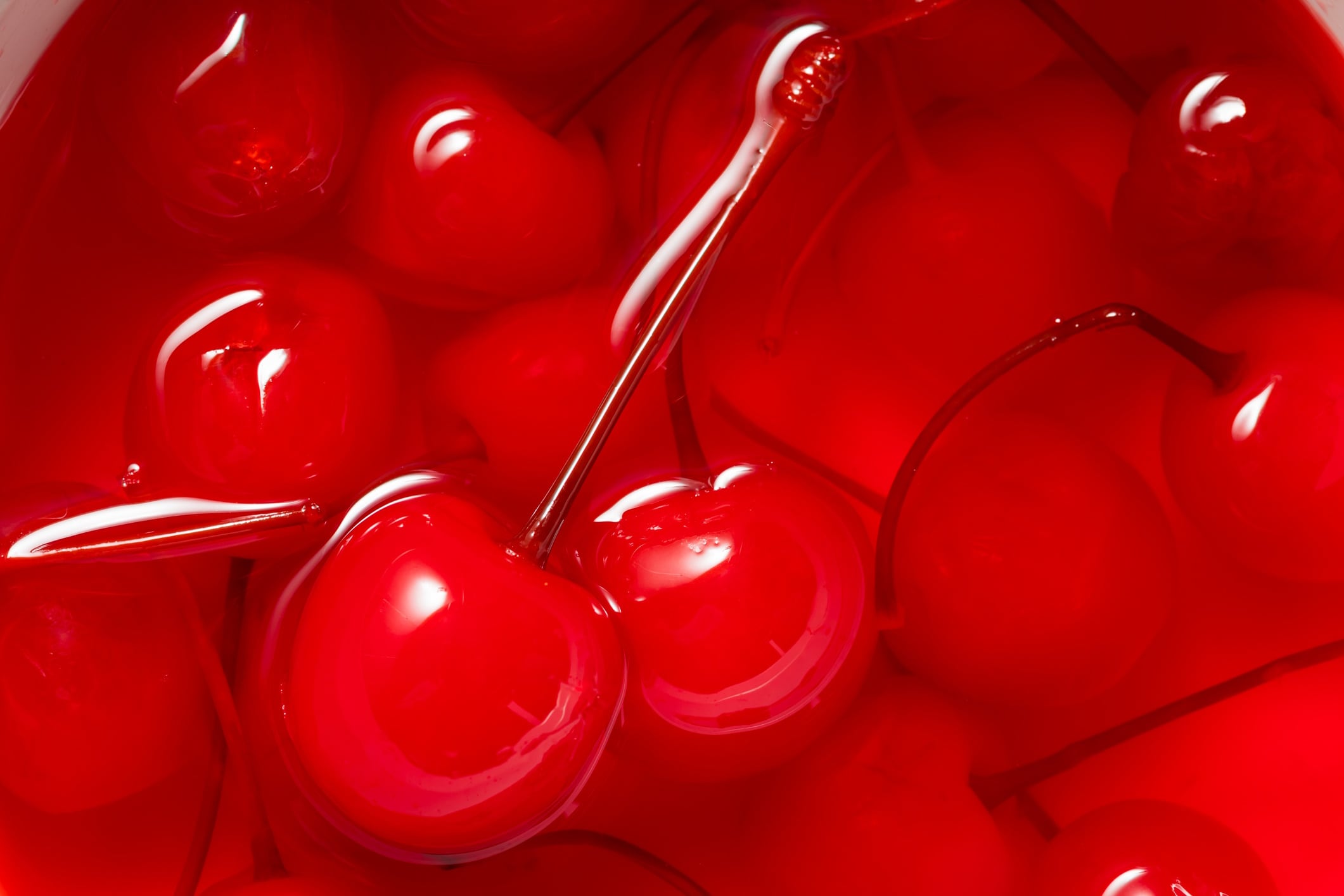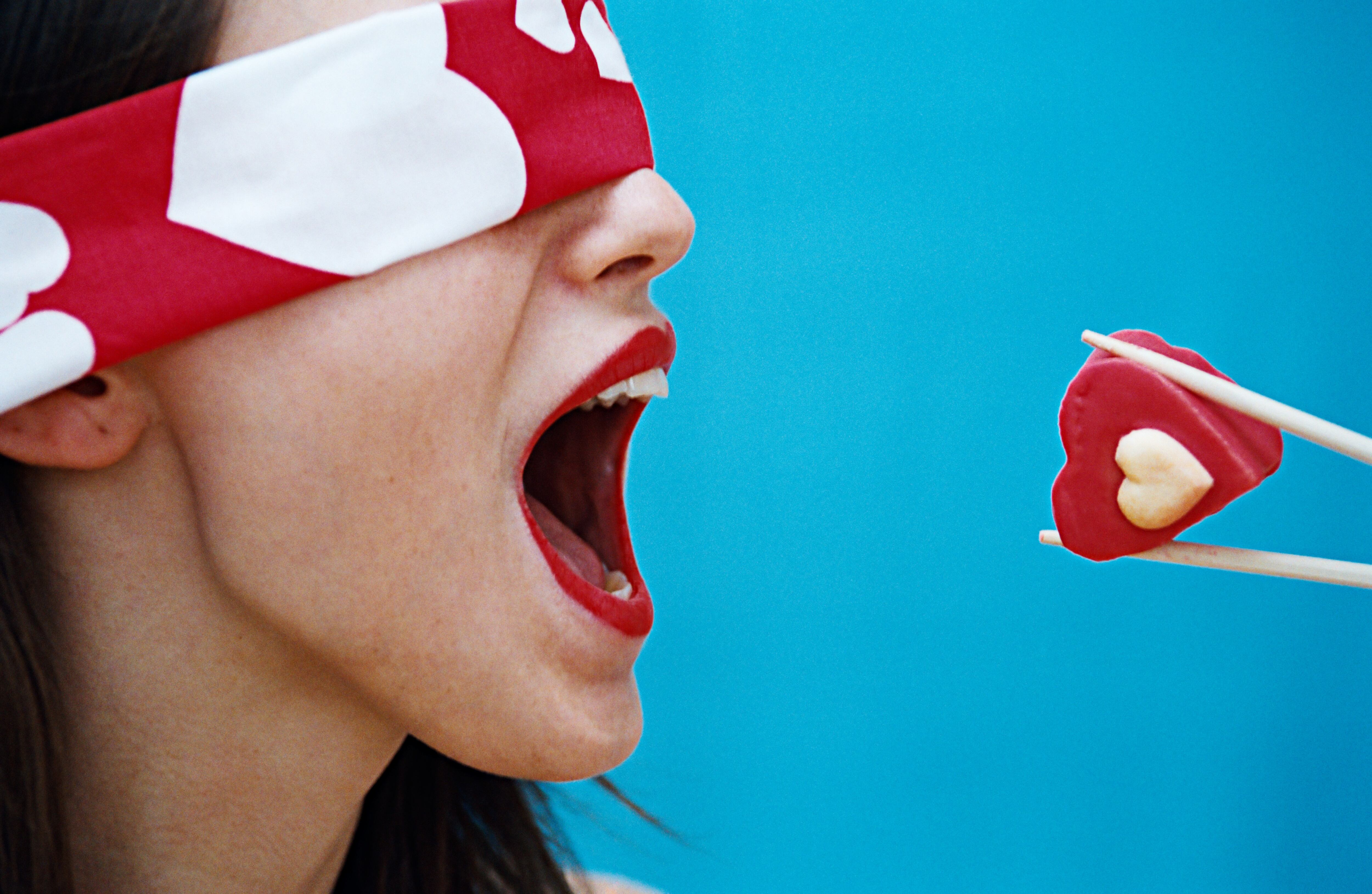On 15 January, the US Food and Drug Administration (FDA) announced its decision to revoke the authorisation for FD&C Red No. 3 in food products, citing long-standing health concerns.
Studies have shown that high doses of Red No. 3, also known as E127, cause cancer in lab animals, raising concerns about its safety in human consumption. While human studies haven’t reached the same definitive conclusions, the dye has remained under scrutiny due to its potential impact on health.
It’s also been associated with behavioural issues in children, including hyperactivity and attention disorders such as ADHD. A 2021 report from the California Office of Environmental Health Hazard Assessment found that children exposed to Red No. 3 - along with other synthetic food dyes - were more likely to struggle with hyperactivity and focus issues. Research also suggests that cumulative exposure to artificial dyes could have long-term effects, increasing consumer demand for natural alternatives.
The ban will take effect on 15 January 2027 for food products and 18 January 2028 for pharmaceutical applications. However, this isn’t the first restriction on the artificial colouring. In 1990, the FDA prohibited its use in cosmetics and topical drugs under the Delaney Clause of the Federal Food, Drug and Cosmetic Act (FD&C Act), which forbids the use of colour additives that have been shown to cause cancer in animals or humans when ingested.
This announcement is particularly significant for the bakery and snacks sectors, as many producers rely on the synthetic dye to create vibrant pink-red hues in products such as iced pastries, fruit-flavoured snacks and confections.
Beyond the US

The regulatory stance on Red No. 3 varies across different regions. In the EU, erythrosine is permitted only in limited applications - such as processed cherries - and is heavily regulated. The UK also allows its use in specific cases but imposes restrictions on its broader application. Australia and New Zealand have similarly imposed strict limitations, permitting the dye only in certain preserved and confectionery items.
With growing global scrutiny on artificial dyes, more regions may follow the US lead in banning it outright, further pushing brands toward reformulation.
Seeing red

Reformulating without Red No. 3 presents significant challenges. Many natural colorants lack the same vibrancy, stability or cost efficiency as synthetic dyes, making direct replacement difficult. Bakery and snack manufacturers must carefully test alternatives to ensure products maintain their visual appeal and shelf stability.
One of the biggest hurdles is colour matching. Natural alternatives such as beet juice, anthocyanins and carmine can provide red hues, but their shades and intensity often vary. Achieving the same bright pink-red shade that Red No. 3 provides may require blending multiple sources or adjusting other ingredients in the formulation.
Stability is another issue. Natural colorants are sensitive to external factors such as heat, light and pH levels. This can cause colours to fade or shift over time, affecting the final appearance of bakery and snack products.
Supply constraints also pose a serious risk. Natural resources are finite and if a major manufacturer secures a large portion of the available supply, smaller businesses may struggle to find suitable alternatives. Given this, companies that wait too long to reformulate may be forced to settle for a suboptimal colorant that does not meet their original aesthetic, functional, or cost expectations.
Finally, cost implications must be considered. Synthetic dyes have long been used because they are cost-effective. In contrast, natural alternatives are generally more expensive to produce and procure. For manufacturers operating within tight margins, this shift could lead to increased production costs.
Exploring alternatives

Despite the challenges, several viable alternatives to Red No. 3 exist:
Beetroot extract (Betanin): This natural colorant delivers a deep red hue and is commonly used in dairy-based items, confections, and beverages. However, it’s highly sensitive to heat and light, which can cause fading over time.
Carmine: Derived from cochineal insects, carmine provides a stable and vibrant red colour. It’s resistant to heat and light, making it ideal for many applications. However, it’s unsuitable for vegan, kosher or halal products, which limits its market appeal.
Annatto: Extracted from achiote seeds, annatto produces a reddish-orange hue rather than the bright pink shade of Red No. 3. While it’s widely used in dairy and baked goods, it may not be a direct replacement in all applications.
Safflower extract and Lycopene: Both offer red tones with varying levels of stability. Lycopene - sourced from tomatoes - is often used in sauces and snacks, while safflower extract is utilised in beverages and some confectionery items.
Red 40: Some manufacturers have turned to this synthetic dye as a substitute since it remains FDA-approved. However, it’s been linked to behavioural concerns in children and could face future regulatory scrutiny.
Other natural options include beets, spirulina, turmeric, blueberry, grape and cherry extracts, as well as chlorophyll, caramel colouring and saffron. These ingredients provide a range of natural hues, but their performance varies depending on the product’s formulation and processing conditions.
Navigating the transition

Given the complexity of transitioning away from Red No. 3, bakery and snack manufacturers must start planning early. Reformulation shouldn’t be left until the last minute, as identifying the right natural colorants and testing their performance in different formulations takes time. Companies that begin the process now will have a competitive advantage, allowing them to work through challenges before the FDA’s deadline approaches.
Partnering with a trusted colour supplier is crucial. Industry leaders such as Sensient specialise in helping producers navigate the transition to natural colorants. Its Uberbeet technology, for example, is designed to enhance the stability and performance of natural red hues, making it a promising option for those looking to replace Red No. 3 in bakery and snack applications.
Beyond regulatory compliance, making the switch towards natural colours aligns with shifting consumer preferences. According to market research from Mintel, 34% of Americans say that ‘free from artificial colouring’ claims influence their purchasing decisions. Additionally, 76% believe that natural ingredients offer more functional benefits than artificial ones and are perceived as healthier.
But transparency throughout the process is critical. Brands reformulating their products must clearly communicate changes to consumers to maintain trust. If a product’s appearance changes slightly due to the switch from synthetic to natural colorants, brands should highlight the benefits, such as the use of more natural ingredients. Educating consumers about these changes and their contribution to food safety and quality will help minimise any resistance.
The FDA’s ban on Red No. 3 represents both a challenge and an opportunity for manufacturers. While reformulation requires time, effort and investment, it also provides a chance to innovate and align with evolving consumer preferences.
Companies that take proactive steps now will not only ensure compliance with regulatory requirements but also strengthen their market position by offering products that meet the growing demand for natural and clean-label ingredients.
What’s the difference Between Red Dye 3 and Red Dye 40?
Red Dye 3 contains iodine, which some experts believe could contribute to thyroid issues. In contrast, Red Dye 40 doesn’t pose the same risks to thyroid function, making it a preferred choice among manufacturers looking for a synthetic alternative.
However, some studies have linked Red 40 to hyperactivity and ADHD symptoms in children. As a result, California became the first US state to ban Red 40 in school meals in 2023, signalling a broader movement toward tighter regulations on artificial dyes.
Studies:
F Borzelleca, CC Capen, JB Hallagan, Lifetime toxicity/carcinogenicity study of FD & C Red No. 3 (erythrosine) in rats, Food and Chemical Toxicology, Volume 25, Issue 10, 1987, Pages 723-733. doi.org/10.1016/0278-6915(87)90226-2.
AE Kirkland, MT Langan, KF Holton, K. F. (2020). Artificial food coloring affects EEG power and ADHD symptoms in college students with ADHD: a pilot study. Nutritional Neuroscience, 25(1), 159–168. doi.org/10.1080/1028415X.2020.1730614


